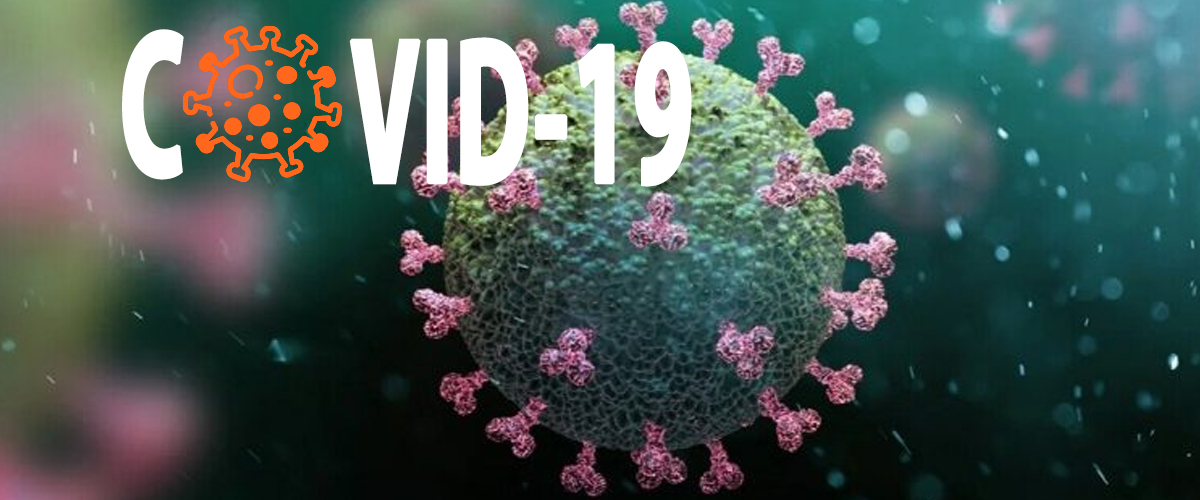Since its first appearance in December 2019, the rapidly spreading SARS-CoV-2 virus has caused a global pandemic, with a total of more than 114 million cases and more than 2, 5 million deaths. Until now, the SARS-CoV-2 virus and its variants are still causing health systems around the world to struggle. This article will update readers with general information about SARS-CoV-2 and its variants.
What is SARS-CoV-2?
SARS-CoV-2 is an abbreviation for severe acute respiratory syndrome coronavirus 2. Corona is a large family of viruses, capable of causing various diseases: from mild illness such as the common cold to severe illness such as Severe Acute Respiratory Syndrome (2002) and Middle East Respiratory Syndrome (2012).
The SARS-CoV-2 virus, also known as Covid-19 virus, originates from the English phrase, coronavirus disease 2019. The number “19” in the name Covid-19 is to reflect the year the first case was detected.
What is the variants of the virus?
After entering the host body, the virus will continue multiplying through the process of copying RNA genetic material. This process often has errors, thereby forming viruses that are not completely like the original virus. Errors in the RNA of the virus are called mutations, and viruses that carry the mutation are called variants. Sometimes variants appear and then disappear on their own, sometimes they persist, continuing to transmit and cause disease.
Main variants of the SARS-CoV-2 virus
Since the outbreak, the World Health Organization (WHO) has received numerous reports of unusual public health events potentially caused by variants of the SARS-CoV-2 virus. Depending on the number and location of mutations in the genome, the variants have different ability to spread, bind to cells and have different drug resistance. The clinical presentation and severity of the disease may also vary between variants.
Scientists have now identified several key variants circulating in the community, including:
- Variant B.1.1.7 (Alpha variant):
It is estimated that the B.1.1.7 variant first appeared in the UK in September 2020. Gene sequencing showed that the 23 nucleotides on the RNA strand of the variant had been replaced and that the variant had no genetic relationship to the SARS-CoV-2 virus that was circulating in the UK at that time.
B.1.1.7 has a higher spreading speed and chances than other variants. Experts believe that this variant has the potential to increase the risk of death of infected people, but the severity and likelihood of recurrence are unchanged compared to the old variants. As of December 30, 2020, this variant has been recorded in more than 31 countries and territories around the world.
- Variant B.1.351 (Beta variant):
B.1.351 was first detected in South Africa in early October 2020 and is now present in at least 4 other countries. This variant shares some mutations with the B.1.1.7 variant.
Some early evidence suggests that the mRNA-1273 vaccine, manufactured by Moderna and being used in the US, may be less effective against this variant. In addition, there is currently no specific evidence that B.1.351 causes more serious symptoms and consequences for patients. However, more studies will be needed before definite conclusions can be drawn.
- Variant P.1 (Gamma variant):
The P.1 variant was first detected in January 2021 at a Japanese airport during screening tests for travelers from Brazil. The P.1 variant includes 17 special mutations, including 3 mutations in the receptor binding region of the spike protein on the virus surface (mutations K417T, E484K and N501Y). Scientists have found evidence that mutations in the P.1 variant can affect the antibody’s ability to recognize and neutralize viruses.
These three strains share a common mutation called D614G. This mutation allows the virus to spread more quickly, but does not make symptoms worse, nor does it change the effectiveness of diagnostic tests, treatments, vaccines or other prevention measures
Variants of SARS-CoV-2 virus in Vietnam
According to the announcement of the Ministry of Health, Vietnam has now recorded 4 variants of the SARS-CoV-2 virus:
- D614G originated in Europe, is the variant that caused the outbreak in Da Nang.
- B.1.1.7 from the UK, the “culprit” causing the outbreak in Hai Duong.
- B.1.351 from South Africa, detected in South African patient BN1422. The patient flew from South Africa to Vietnam and entered Noi Bai airport on December 19, 2020.
- A.23.1 from Rwanda, Africa, detected at Tan Son Nhat Airport, Ho Chi Minh City.
Compared to the D614G variant that caused the outbreak in Da Nang, the B.1.1.7 variant that caused the Hai Duong outbreak has the ability to spread faster. Specifically, in just the first 20 days, the number of cases in Hai Duong (575 cases, an average of 20 cases/day) was 1.5 times higher than the total number of cases in Da Nang during the whole period (36 days, 389 cases, an average of 15 cases/day).
The possibility of new variants appearing in the future
As mentioned above, viruses do not stop mutating over time. The more people and animals infected with the virus, the higher the chance of a mutation in the viral genome that leads to the introduction of a new variant. Therefore, minimizing the transmission of SARS-CoV-2 virus through disease prevention and control measures according to the 5k policy of the Ministry of Health: Masks, Disinfection, Distance, Do not Gather and Medical Declaration play a very important role in the global strategy to reduce the emergence of virus mutations.
References:
- https://www.who.int/csr/don/31-december-2020-sars-cov2-variants/en/
- https://www.cdc.gov/coronavirus/2019-ncov/more/science-and-research/scientific-brief-emerging-variants.html
- https://www.cdc.gov/coronavirus/2019-ncov/cases-updates/variant-surveillance/variant-info.html
- https://www.cdc.gov/coronavirus/2019-ncov/transmission/variant.html
https://ncov.moh.gov.vn/web/guest/-/6847426-1576






